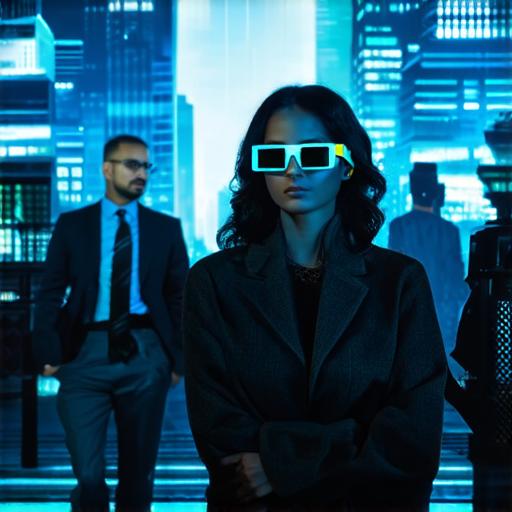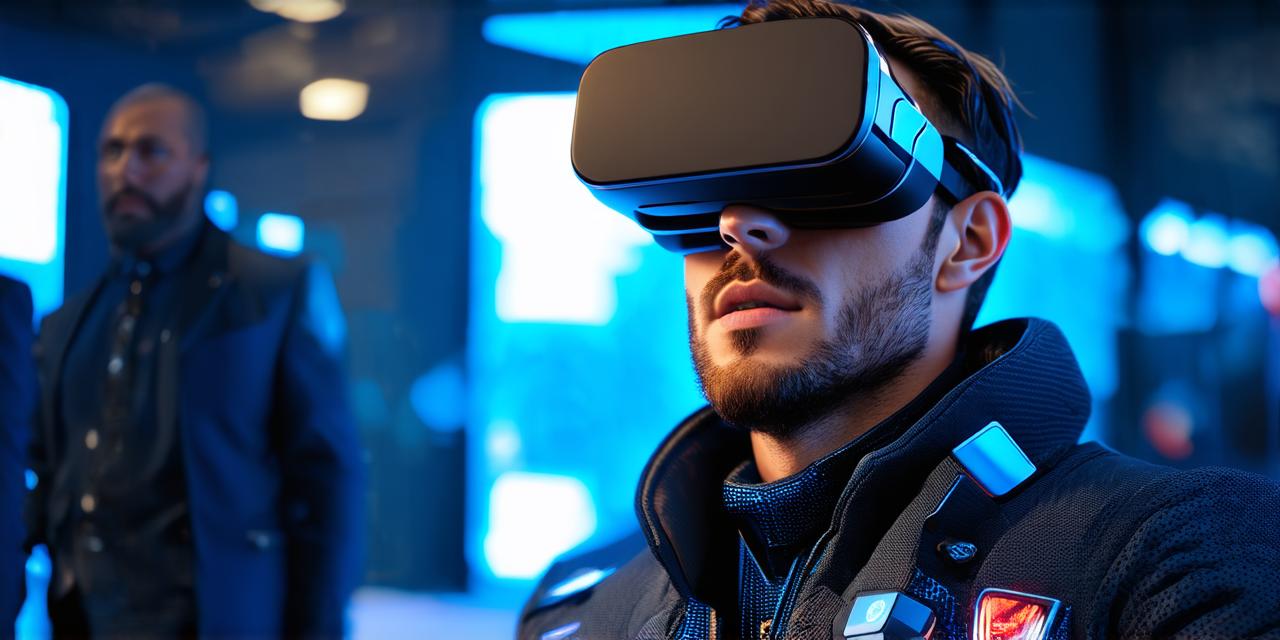Introduction
Augmented reality (AR) and virtual reality (VR) are two emerging technologies that have the potential to transform our lives in ways we can only begin to imagine. These immersive technologies, which use computer-generated simulations and images to enhance or replace real-world experiences, have already found applications in various industries such as gaming, education, healthcare, and entertainment. However, as these technologies continue to evolve, they are poised to have an even greater impact on society. In this article, we will explore the potential impacts of AR and VR on different aspects of our lives, including social interaction, education, healthcare, and the economy.
Potential Impacts on Social Interaction

One of the most significant potential impacts of AR and VR is on social interaction. These technologies have the power to revolutionize the way we communicate, collaborate, and build relationships with others. For example, AR-powered chatbots and virtual assistants can help facilitate more efficient and effective communication between individuals and organizations. Virtual reality can also be used to create immersive social experiences, such as virtual events and conferences, which can bring people from different parts of the world together in a shared virtual space.
Moreover, AR and VR can enable new forms of social interaction that were previously impossible. For instance, people with disabilities or those who are unable to travel can participate in virtual experiences that allow them to interact with others in real-time. This can help bridge the gap between people from different backgrounds and cultures, fostering greater empathy and understanding.
Case Study: Virtual Reality Therapy for PTSD
One example of how AR and VR can impact social interaction is through virtual reality therapy. Military veterans suffering from post-traumatic stress disorder (PTSD) have found that immersive virtual environments can help them confront and overcome traumatic experiences in a safe and controlled environment. By simulating real-life combat scenarios, veterans can learn coping strategies and develop resilience to triggers that might otherwise exacerbate their symptoms. This has the potential to improve the quality of life for thousands of military personnel who suffer from PTSD.
Impact on Education
Another area where AR and VR have the potential to make a significant impact is education. These technologies can provide students with immersive learning experiences that are more engaging, interactive, and effective than traditional classroom settings. For example, virtual reality simulations can help students visualize complex concepts in subjects like science, engineering, and history. Augmented reality applications can also enhance the learning experience by adding interactive elements to textbooks and other educational materials.
Furthermore, AR and VR can provide students with personalized learning experiences that are tailored to their individual needs and interests. By analyzing a student’s performance and preferences, these technologies can adapt the learning content and pace to suit each learner’s unique requirements. This has the potential to improve engagement and retention rates, leading to better academic outcomes for students.
Case Study: Virtual Field Trips
One example of how AR and VR are being used in education is through virtual field trips. These immersive experiences allow students to explore different parts of the world from the comfort of their classrooms. For instance, a biology teacher can take their students on a virtual tour of a rainforest, where they can observe animals and plants up close, learn about the ecosystem, and even interact with the environment by planting virtual seeds. This type of learning experience can help students develop a greater appreciation for the natural world and inspire them to pursue careers in fields related to environmental conservation.
ʾ
Impact on Healthcare
AR and VR have also found applications in healthcare, where they are being used to improve patient outcomes and reduce costs. For example, virtual reality can be used to provide pain management and relaxation techniques for patients with chronic conditions such as fibromyalgia or arthritis. Augmented reality can also help doctors and nurses perform complex surgeries more accurately and efficiently by providing real-time feedback and guidance.
Moreover, AR and VR have the potential to revolutionize medical training, allowing healthcare professionals to practice their skills in a safe and controlled environment. For instance, medical students can use virtual reality simulations to practice surgical procedures or perform emergency procedures such as CPR. This type of training can help reduce errors and improve patient outcomes.
Case Study: Virtual Reality Therapy for Phobias
One example of how AR and VR are being used in healthcare is through virtual reality therapy for phobias. People with anxiety disorders such as arachnophobia or acrophobia can use immersive virtual environments to confront their fears in a controlled and gradual manner. By gradually exposing patients to their phobias, virtual reality therapy has been shown to be an effective treatment for these conditions.
Impact on the Economy
Finally, AR and VR have the potential to impact the economy in significant ways. These technologies are already transforming industries such as gaming, entertainment, and retail, and they are expected to continue driving innovation and growth in these sectors. For instance, virtual reality-powered gaming experiences can provide players with immersive, interactive environments that allow them to engage with games on a whole new level. Augmented reality-enabled shopping experiences can help consumers visualize products in their homes before making a purchase, leading to increased customer satisfaction and reduced returns.
Moreover, AR and VR can enable new forms of remote work and collaboration, allowing employees to interact with colleagues and clients from anywhere in the world. This has the potential to increase productivity, reduce costs, and promote greater flexibility in the workplace.
Conclusion
In conclusion, AR and VR have the potential to transform our lives in ways we can only begin to imagine. These immersive technologies have already found applications in various industries, and they are expected to continue driving innovation and growth in these sectors. As society continues to evolve
